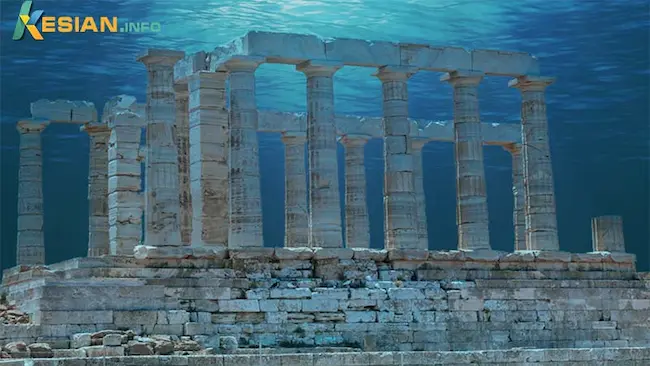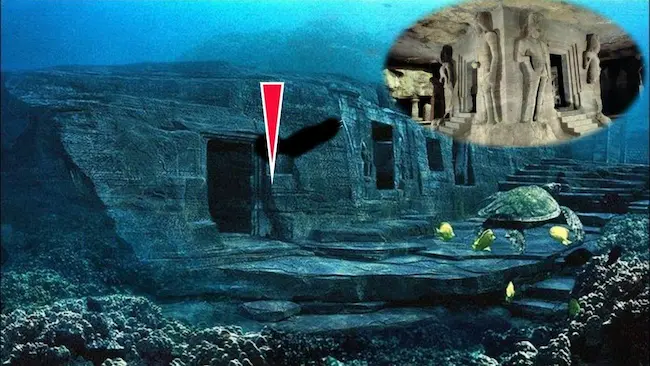Acceptable authors such as the Greek historian Herodotus from the 5th century BC wrote about Heracleion, a great temple city in honor of Amun, the Egyptian god of the sun and the air. Amun was one of the most

This is the city where Paris and Helen hid before the Trojan War and the city that hosted Herakles. Four hundred years later, Strabo, the Greek geographer, and historian, wrote that Heracleion was located east of Canopus near the mouth of the River Nile. Some historians also believe Cleopatra III was installed as Pharaoh in this temple.
Heracleion was built in about the 8th century BC on sandy and hard clay soil that was already being permeated by water when the city was active. With the rise and fall of sea levels and earthquakes that frequent the area, Heracleion eventually slipped under the water where it rests now at about 1500 feet, according to Ancient Origins.
While not as rich or opulent as the treasures in Tut’s tomb, the finds in Heracleion are so well-preserved they offer a glimpse into the lives of Greeks and Egyptians during the time that Heracleion was a bustling major port in Egypt.

Some of the incredible artifacts brought up from the sea include a sixteen-foot tall red granite statue that some believe may be the Egyptian Pharaoh Ptolemy II as well as two sixteen-foot tall red granite statues of Isis, a prominent Egyptian goddess with whom Cleopatra identified, and the Egyptian god Hapi.
Hundreds of amulets, small statues of gods, and sarcophagi of animal mummies that were sacrificed to Amun were brought up and preserved.
While Goddio was aware of the myth of the underwater city, he wasn’t sure that it actually existed until he was searching for Napoleon’s warships from the Battle of the Nile in 1798 and found the remains of the base of the temple, according to Franck Goddio.
The farther he moved around the area, the more artifacts and evidence of structures he found making his discovery arguably as important as the opening of King Tut’s tomb in 1922.
Goddio also found seven hundred anchors lined up as if in spaces in a parking lot, according to Archeology World, and sixty-four ancient shipwrecks lying on the floor close to what was once the harbor in the Mediterranean Sea.
Among the wrecked ships were piles of gold, golden jewelry, gold coins, bronze, and lead weights, ceramic objects, and perfectly preserved steles, Egyptian columns inscribed with hieroglyphics.

